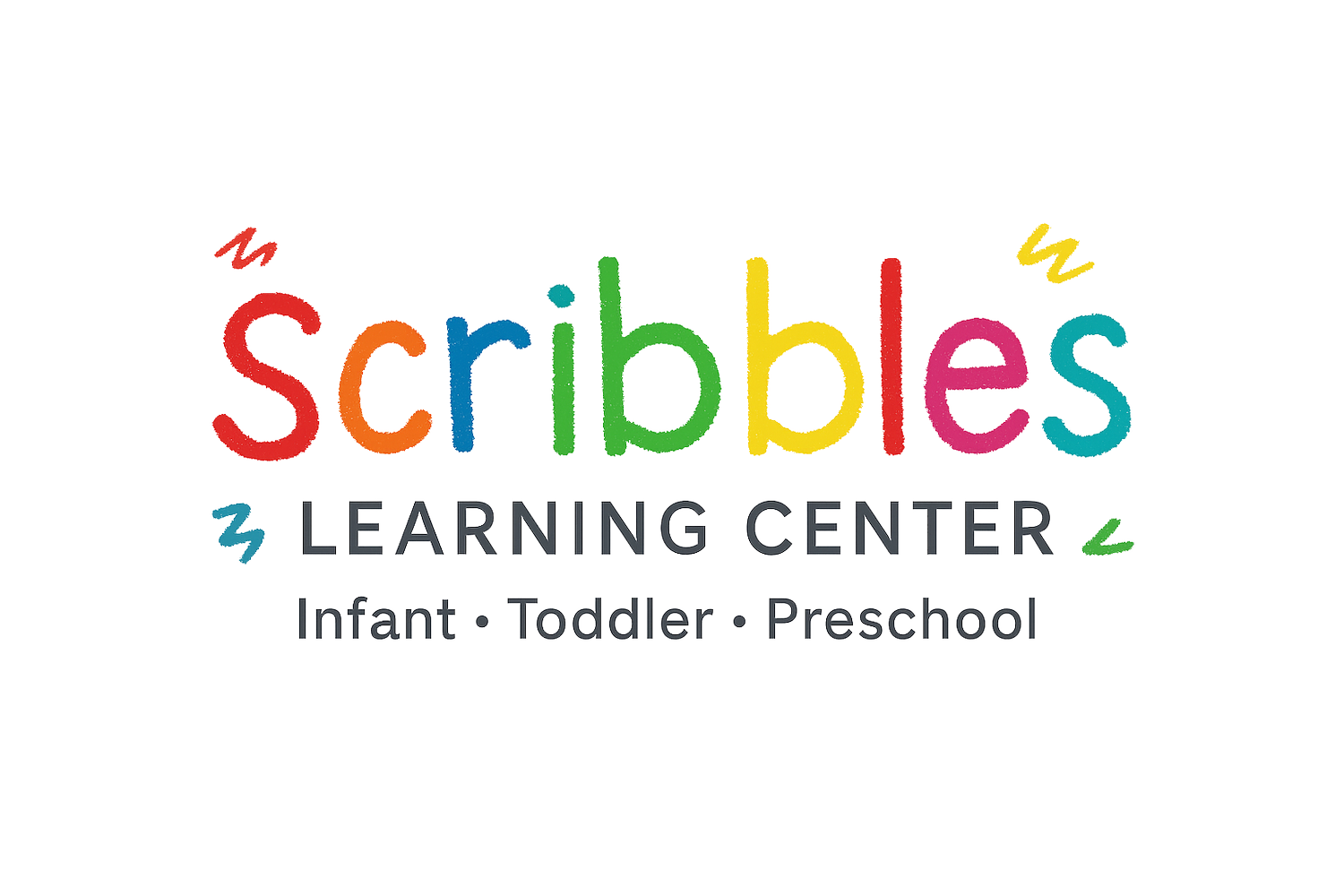The Power of Child-Led Learning: Why Letting Kids Take the Lead Matters
At Scribbles Learning Center, we believe that the best learning happens when children are in the driver's seat. Child-led learning isn't about letting kids "do whatever they want." It's about recognizing that curiosity, creativity, and confidence flourish when children have a voice in how and what they learn.
What Is Child-Led Learning?
Child-led learning means following a child's natural interests, questions, and discoveries to guide the day's activities. Instead of rigid lessons, teachers observe, listen, and design opportunities around what captures children's attention.
If a group becomes fascinated by puddles on the playground, we might spend the morning exploring how rain forms, reading books about weather, and experimenting with water play indoors. Through that one spark of curiosity, children are learning science, math, language, and problem-solving-all in a way that feels meaningful to them.
The Benefits of Child-Led Learning
Encourages Critical Thinking
When children make choices, they learn to plan, predict, and reflect. Asking questions like "What do you think will happen?" or "How can we find out?" builds early reasoning skills.Strengthens Confidence and Independence
Making decisions, taking risks, and seeing their ideas valued helps children trust their own abilities-a foundation for lifelong learning.Deepens Engagement and Retention
Kids learn best when they're interested. Child-led experiences hold attention longer and lead to stronger understanding because the motivation comes from within.Supports Social-Emotional Growth
Working together on projects they care about teaches cooperation, empathy, and respect for others' ideas.
Our Role as Educators
At Scribbles, our teachers are guides, not directors. We create a rich environment filled with open-ended materials-blocks, loose parts, art supplies, sensory tables, and nature items-then step back to observe. We ask thoughtful questions, extend ideas, and introduce new materials that challenge thinking.
This approach doesn't mean less structure-it means the structure flexes to meet the child's developmental needs and curiosity. The result is a classroom buzzing with joyful discovery and authentic learning.
How Families Can Encourage Child-Led Learning at Home
Follow their questions. When your child asks "why," pause and explore the answer together.
Offer choices. Let them choose between two books, snacks, or activities to build autonomy.
Make time for unstructured play. The best ideas come from open-ended exploration.
Value process over product. Celebrate effort, problem-solving, and creativity-not just the final outcome.
Why It Works
Research and decades of classroom experience show that when children lead, they learn how to learn. They become curious thinkers who approach challenges with persistence and imagination. At Scribbles Learning Center, we see this magic unfold every day-because when children feel heard, they grow in ways no worksheet can measure.
Want to learn more about our play-based, child-led philosophy?
Visit our website at www.scribbleslearningcenter.com or email us at scribbleswemm@gmail.com to schedule a tour.

